Yes, ’tis the season for ticket scams I am afraid. My venue often sees an uptick in complaints around the holidays. We often attribute it to the fact we have people attending events at our venue for the first time. Except people who have kids who have performed here for years with their dance schools, etc also seem to run afoul of sites masquerading as ours.
Last week someone in my regional booking consortium shared a news article about Ballet West’s problems with fake ticketing websites. We had colleagues touring our venue last week who made note of the warning posters and flyers we have placed around our venue and grabbed some copies to help with their own efforts to communicate with audiences.
A number of states are/have taken steps to prevent these practices, but as a member of our regional booking consortium noted, a number of these resellers are located in the European Union. He reported that not only do these people sell tickets at exorbitant prices, they will often file a chargeback claim noting that since they are located in the UK, there is no way they would have purchased the tickets.
One of our colleagues on the consortium Zoom mentioned they are relenting to a degree and taking a “if you can’t beat them, join them,” approach. They have begun having conversations with StubHub to handle their ticket sales because they promise more protection against fraudulent sales.
Meanwhile, other performing arts organizations are increasingly fortifying their online sales. When I tried to purchase tickets as a gift for one of my sisters, there was a queue to enter their website every time I tried to visit (including 1 am local time). Ultimately, I needed to call my order in since online orders by out of state residents were blocked. It subsequently took two additional phone calls over three days to get the tickets I ordered moved to a digital wallet so I could pass them on to my sister.
Those defensive measures meant to slow and deter resellers probably resulted in there being tickets for me to purchase, but as a legitimate purchaser I also ended up spending time inconvenienced to effect the transaction.


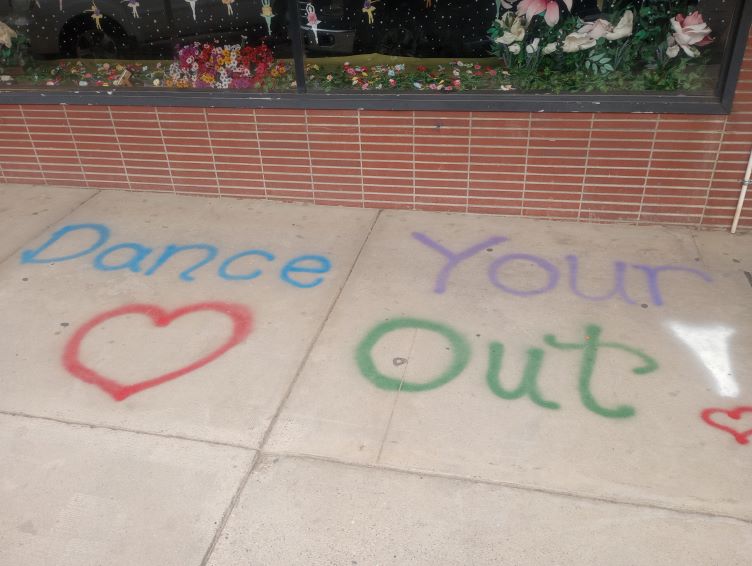
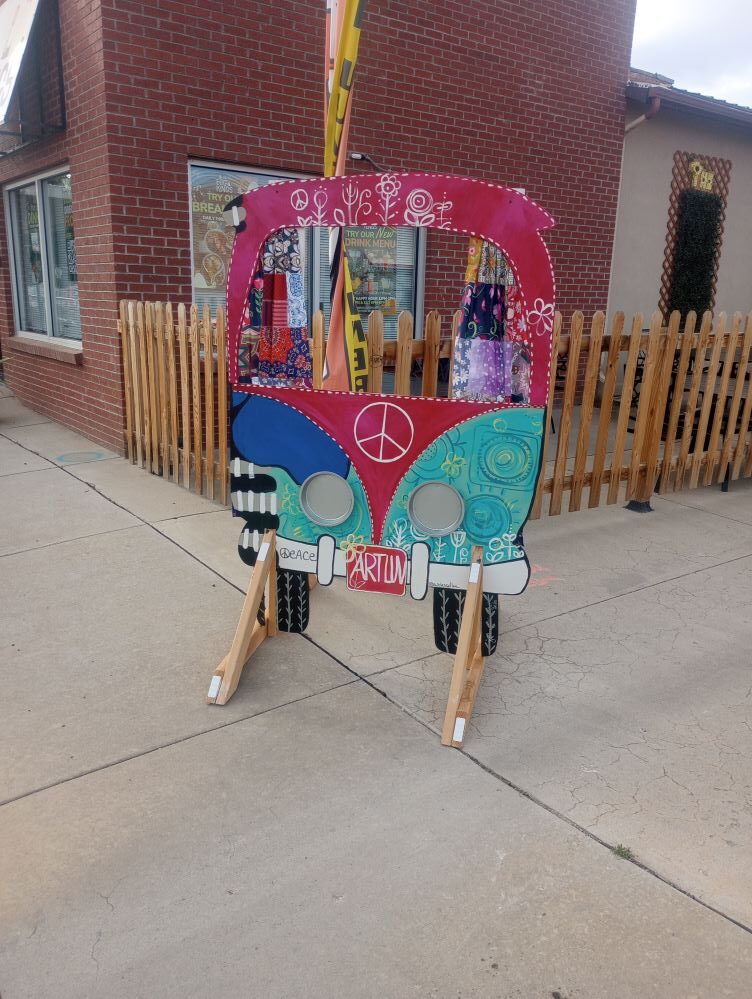
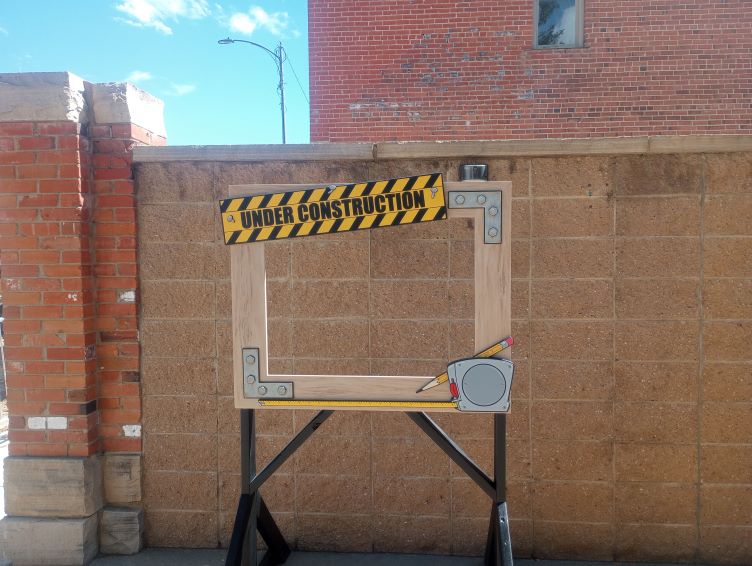

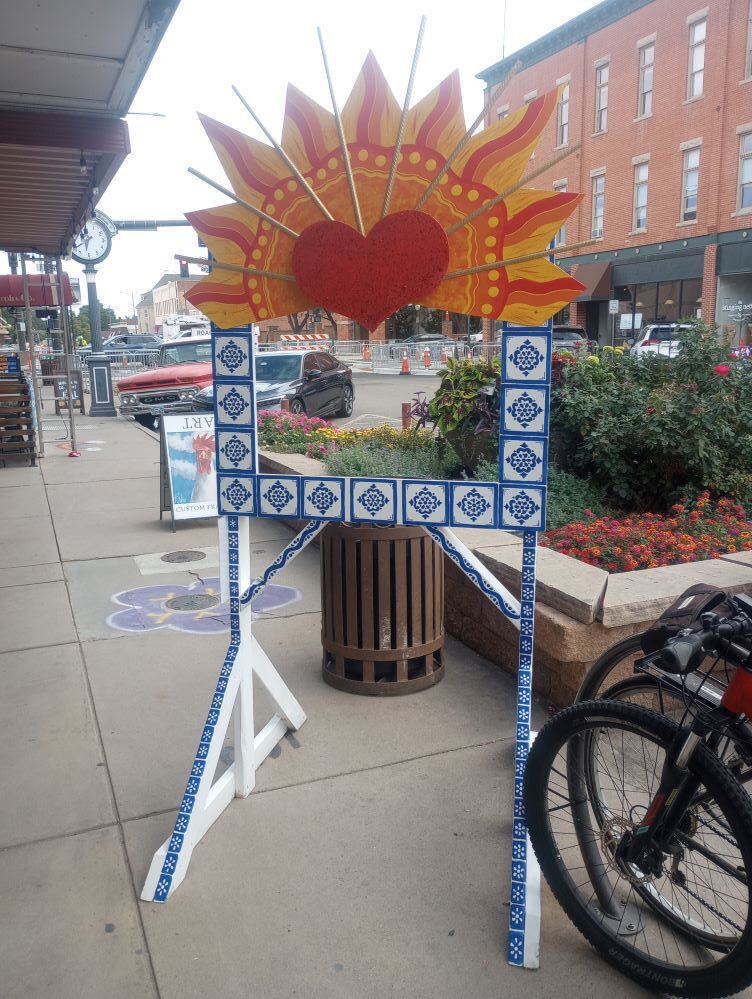
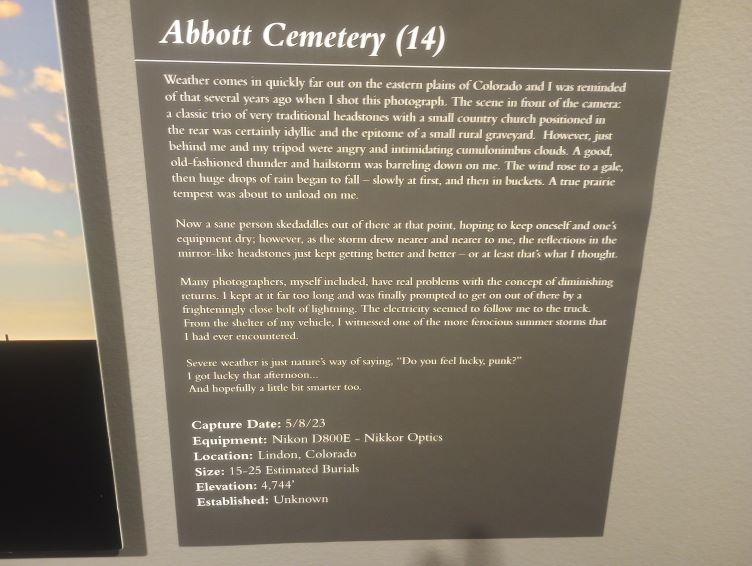
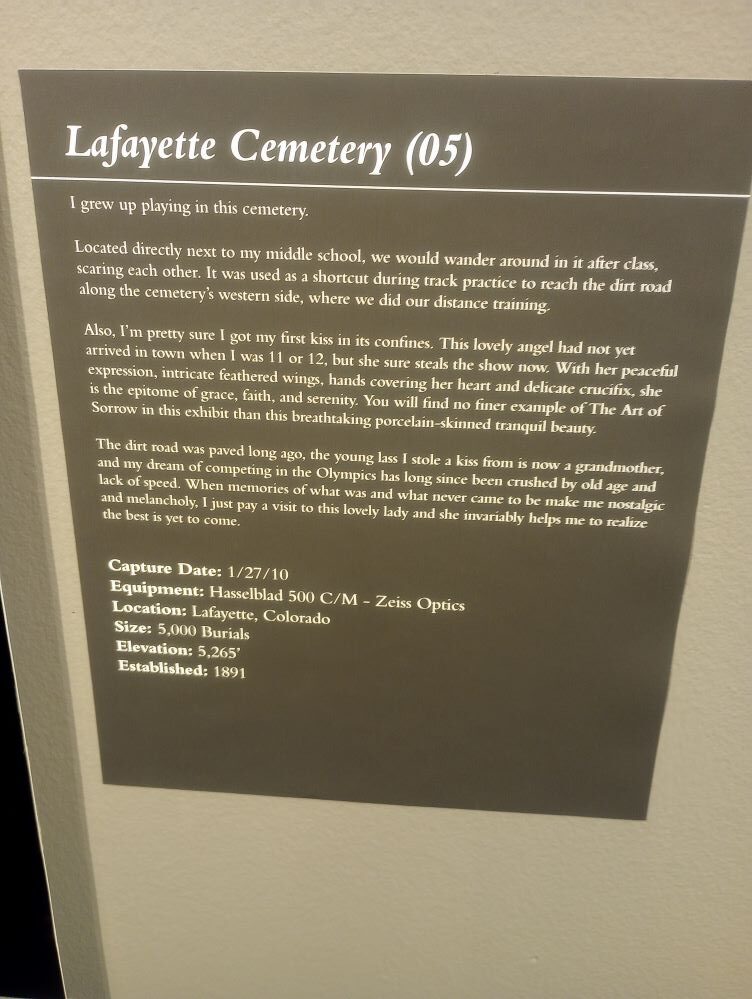
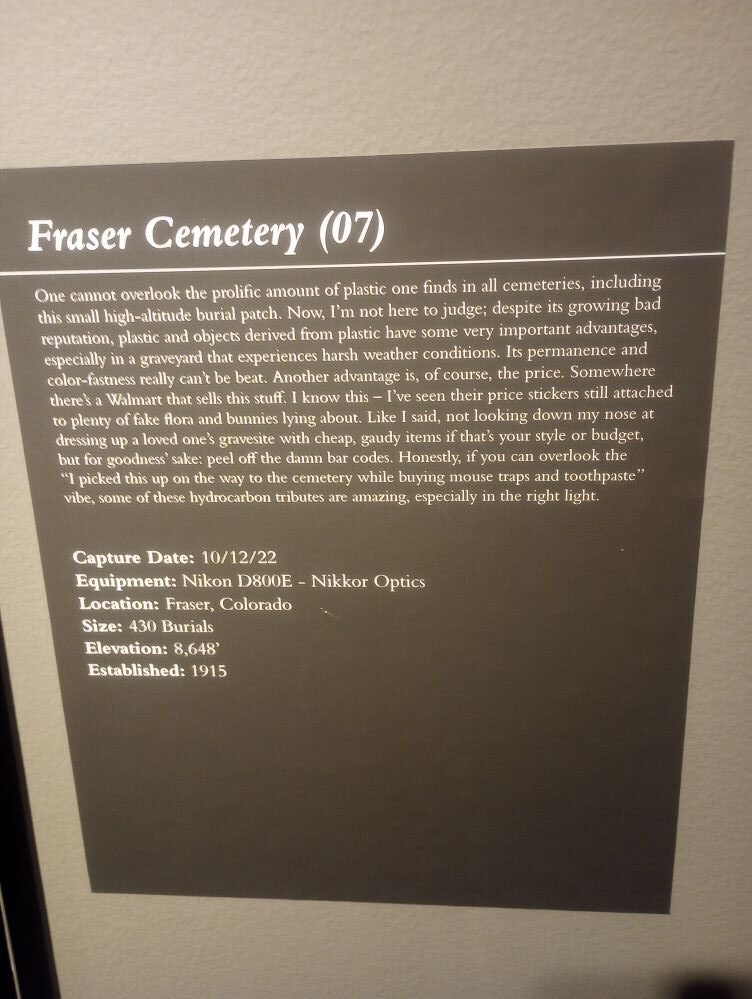
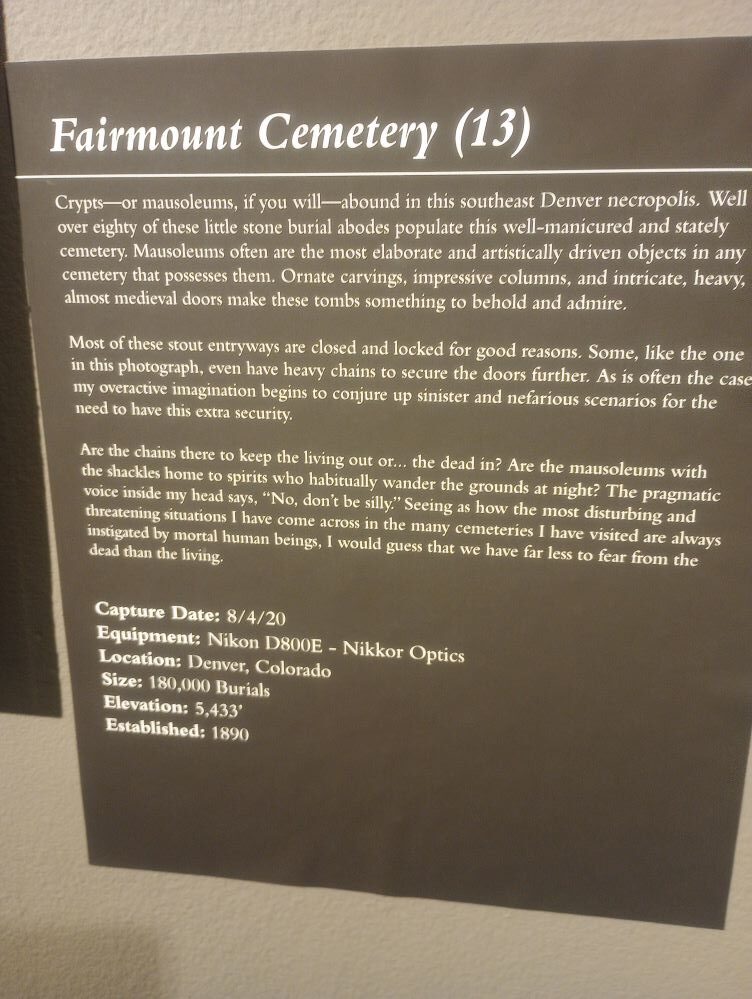
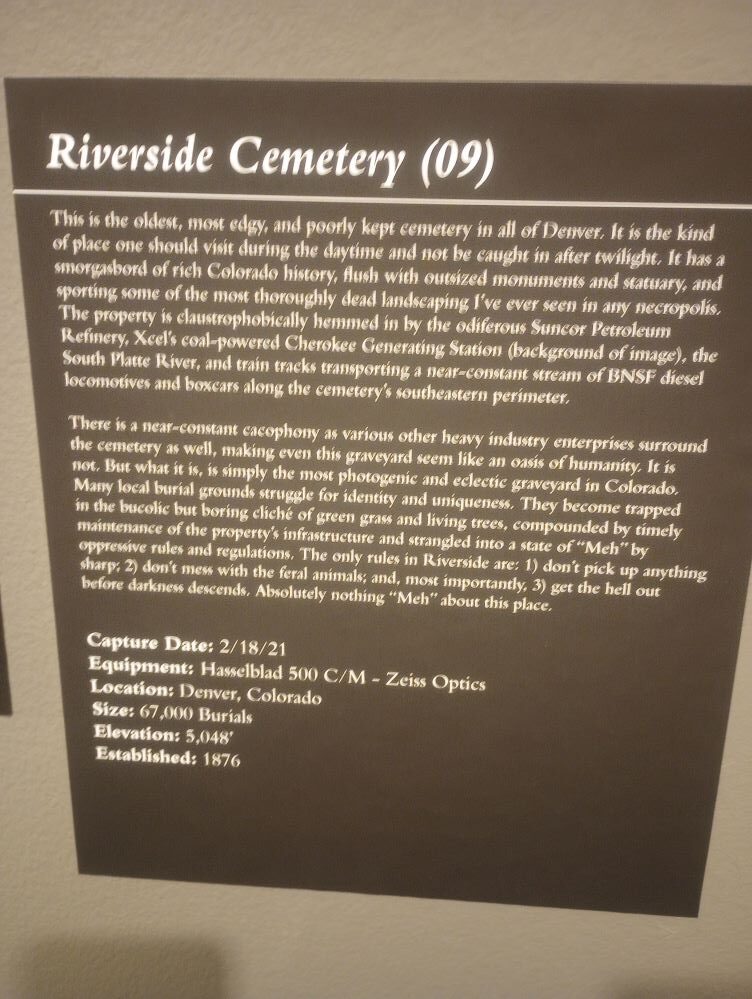
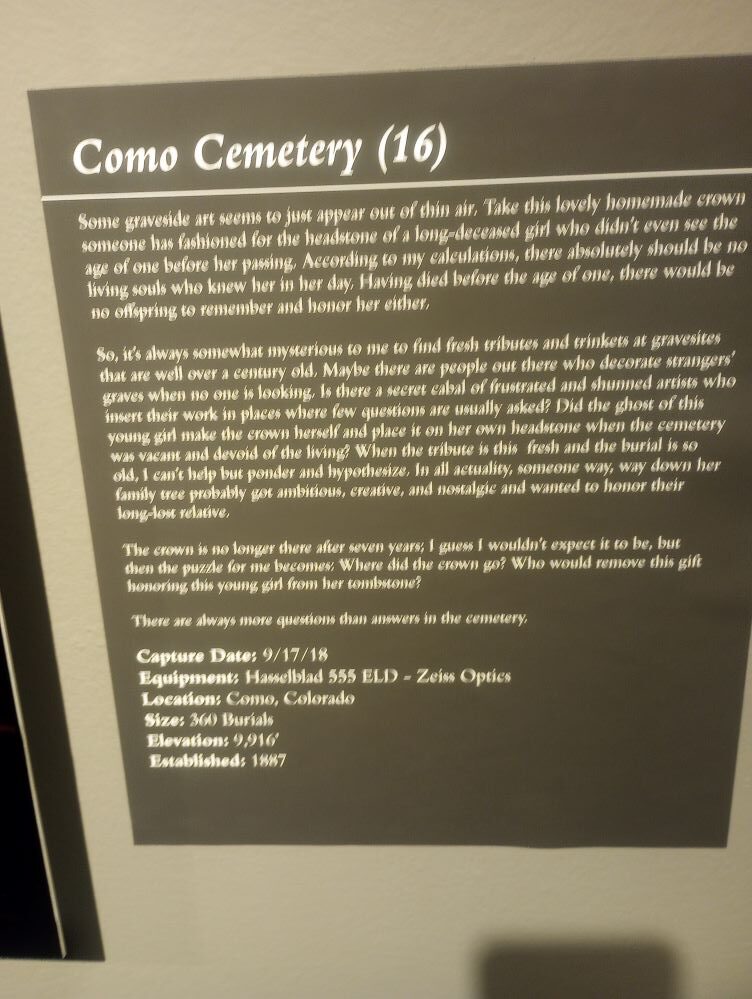
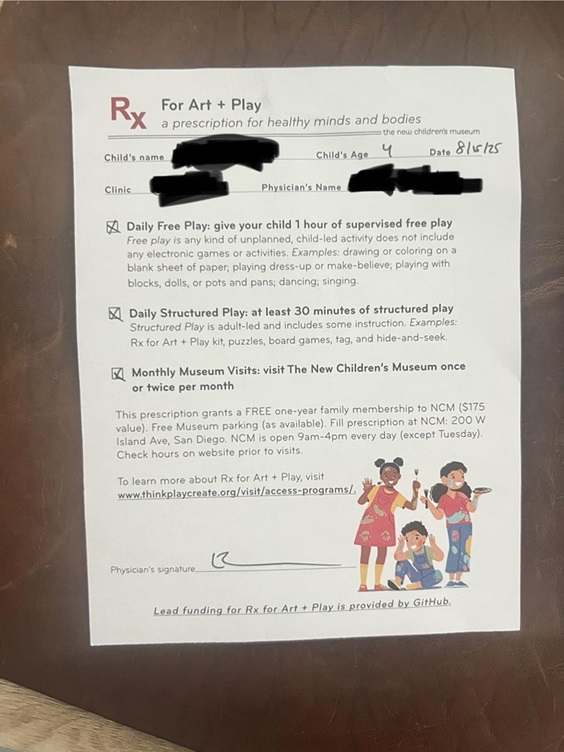
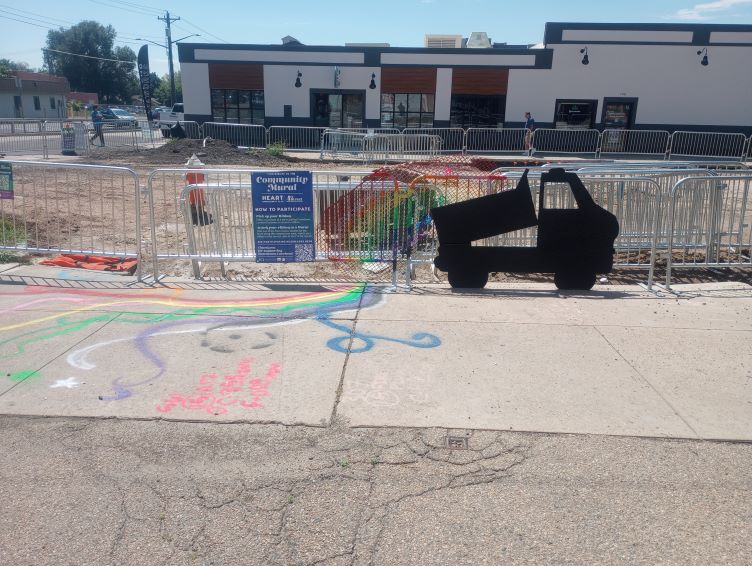
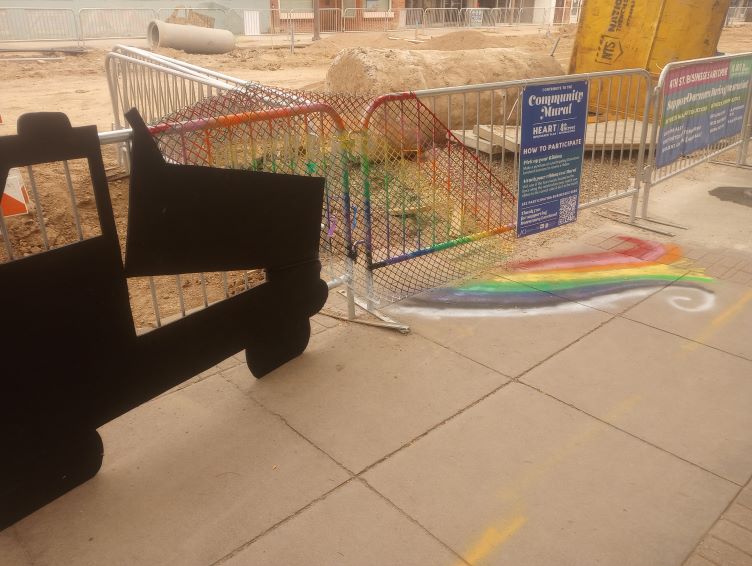
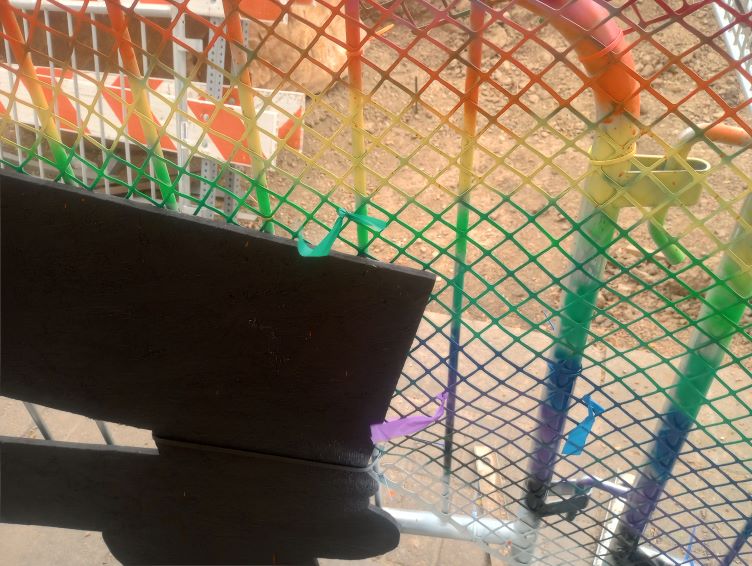


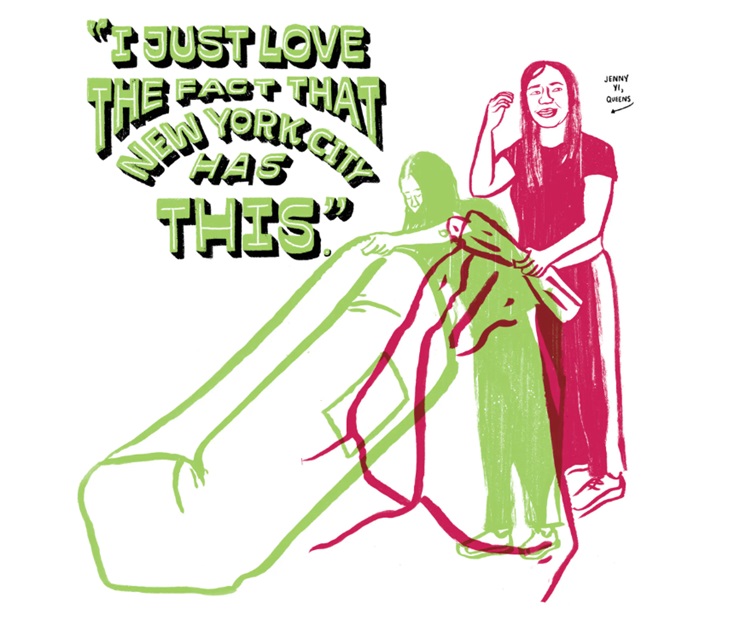
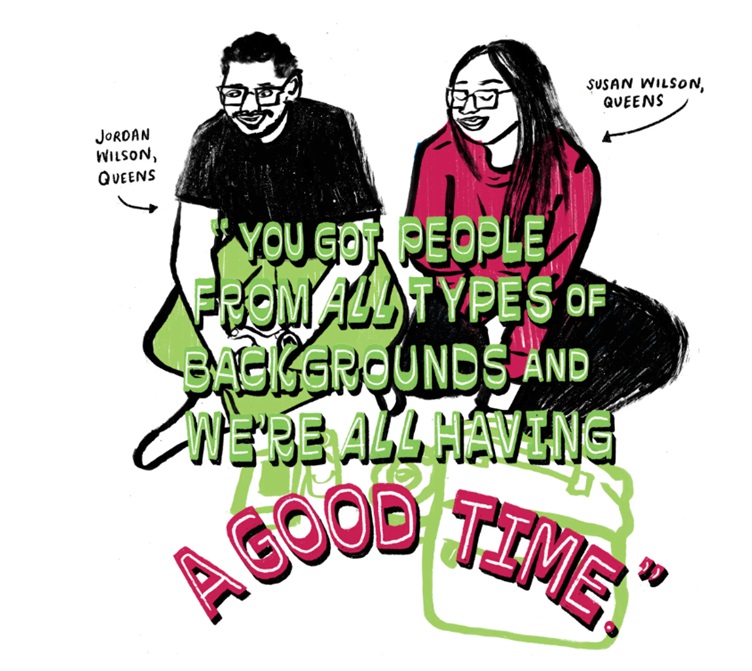

I've been to a few of the Science on Tap events, though I never gave a talk at one of…